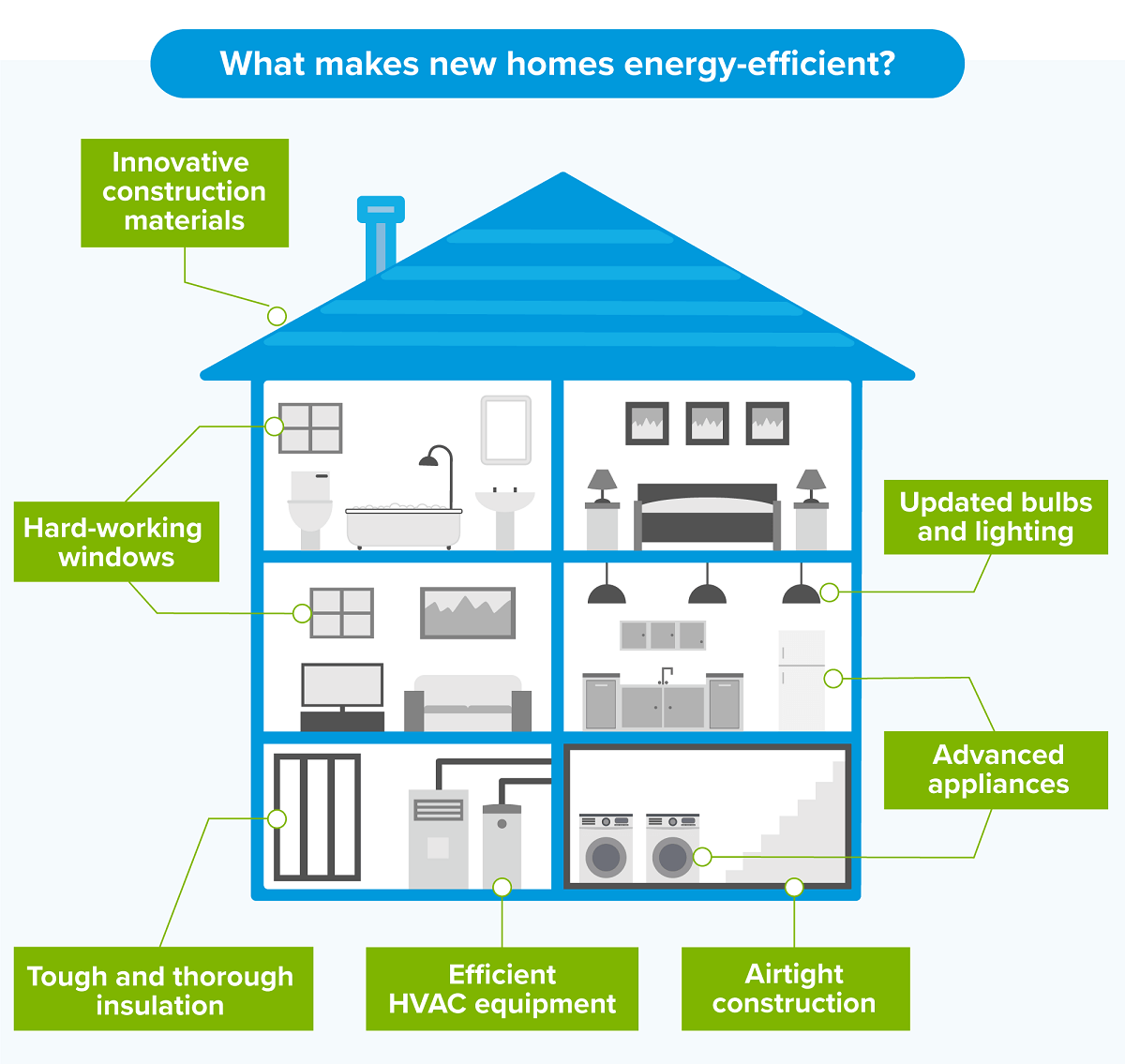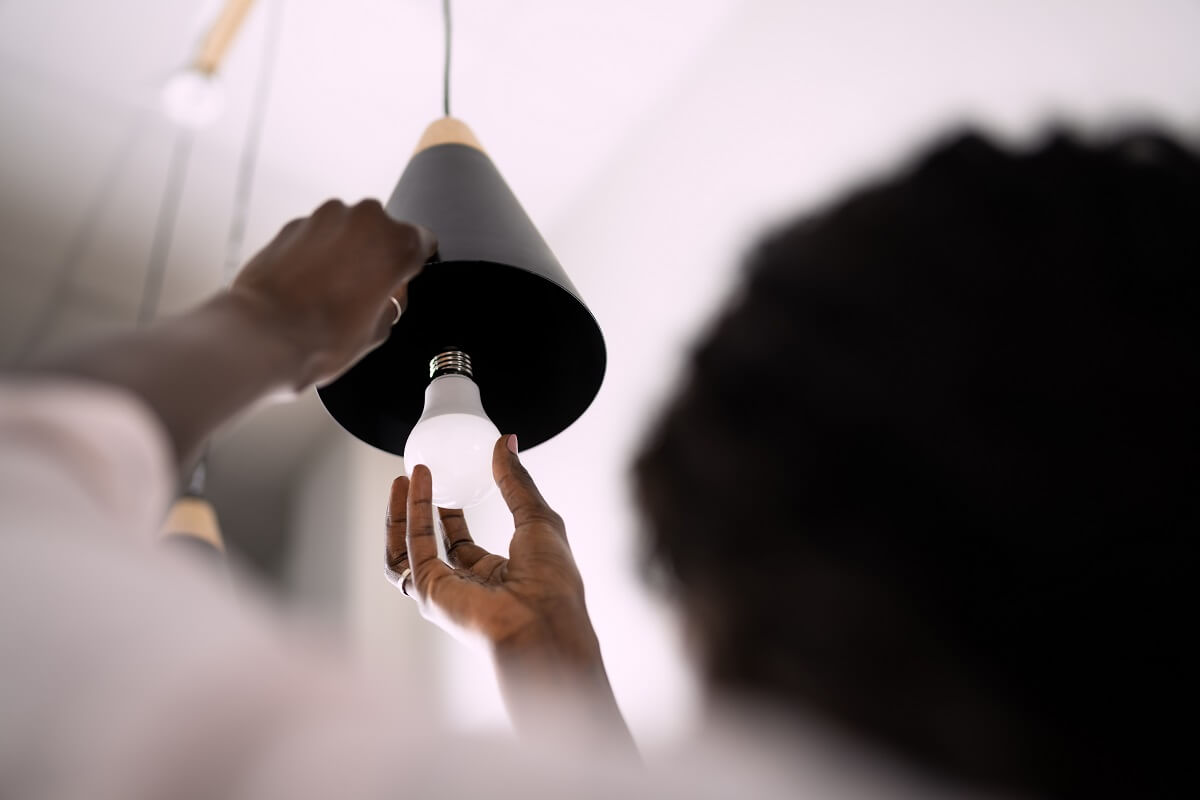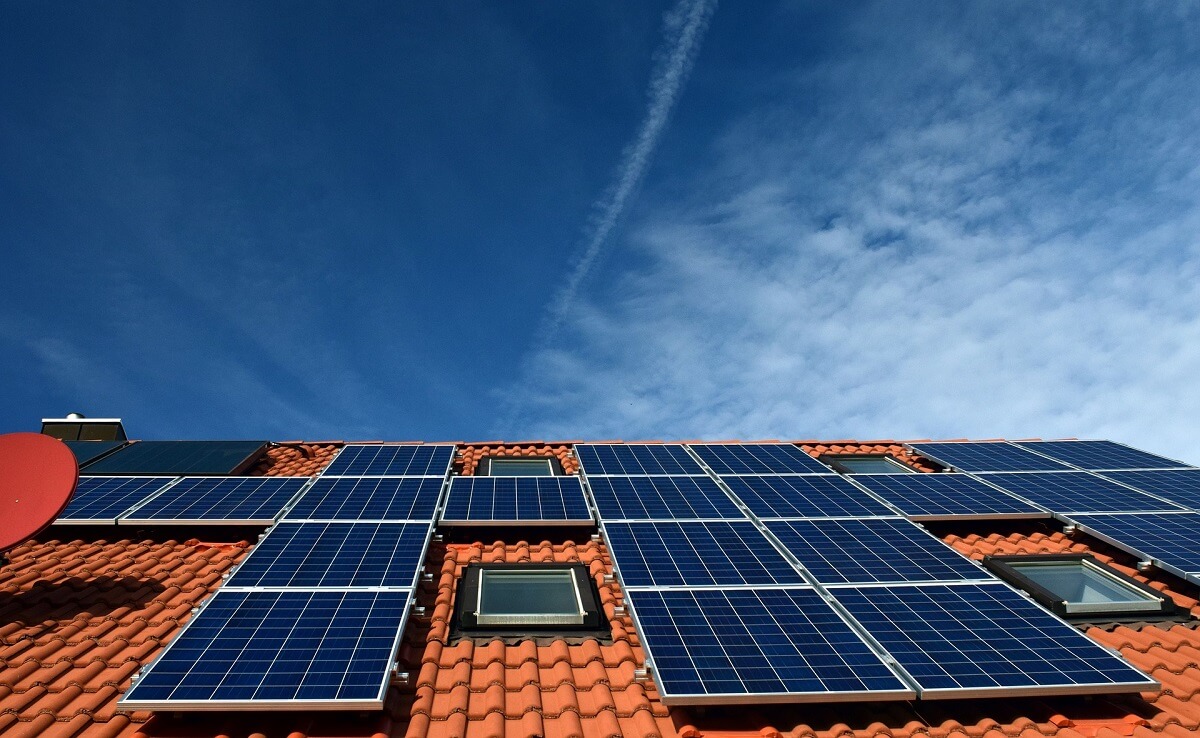How do builders make a home energy efficient?
If you’re in the market for a new home, you’ll be happy to hear that today’s homes are much more efficient than they used to be.
Thanks to more stringent energy building codes and technology improvements, the potential for your
utility bill to shrink.
How much you can save with energy star home] after you move is better than ever.
But where exactly are the improvements coming from, you ask?
Here are the various ways builders are making homes more energy efficient and the things you need to ask for to make sure your new home is as efficient as it can be.
How efficient are new homes?
If you haven’t lived in a brand new house in a long time, you may be surprised how much more efficient even homes built with traditional methods are compared with homes built in decades past.
In 2013, the Energy Information Administration (EIA) found that new homes built after 1999
consume only 2% more energy than homes built before the new millennium, despite being 30% larger on average.
Although the EIA credited part of the improvement on more homes being built in more temperate climates, it also said improved efficiency in heating equipment and stricter building codes that require better building shells had had a big impact.
Improvements in insulation and the quality of windows and doors has also helped make houses more airtight, preventing air conditioned air from escaping and outside air from getting in.
ENERGY STAR homes distinguish themselves even more from houses built in yesteryear, achieving
at least 10% more energy efficiency than their modern counterparts built to code alone. This typically makes for
20% or more savings on homeowners’ utility bills each year.
Even among homes that are built with energy efficiency in mind, their performance is improving, as well. In 2021, the average HERS (Home Energy Rating System) Index Score–the industry standard for rating a home’s energy efficiency from 0-150, with lower scores being better–hit 58, a 42% efficiency improvement over homes built since just 2006. For reference, a new home built just to code typically scores about 100.
How is energy efficiency realized in a new home?

Innovative construction materials
The “bones” of a house can get in on energy efficiency, too. Many of these are just advanced versions of typical household features such as windows, roofs, lighting, etc. (see below for more on each of these).
But there are also some really cool materials out there waiting to be used that also have the benefit of being sustainably sourced and
better for the environment.
For example,
rammed earth walls can absorb heat during the day and release it at night, as well as regulate humidity. Cast-in-place concrete walls sandwiched between insulation material utilizes decades-old construction technology to save up to 20% in energy in cold climates compared with wood-frame buildings. And plant-based polyurethane rigid foam as insulation offers a higher R-value than fiberglass or polystyrene.
Smarter floor plans

Energy efficiency really can begin from day one of a new home project when the builder factors the geography of the site and the flow of the home into the floor plan.
For example, large windows can let in natural light and decrease the need for artificial lighting. Heat from this sunlight can be trapped in passive solar designs for distribution as needed (more on this below). Open concepts with fewer walls can also help light and air travel farther, easier, and also require less materials, which is more sustainable.
Hard-working windows
Energy-efficient windows boast stronger insulation against the outside air thanks to being double- or even triple-paned. ENERGY STAR certified windows, for example, lower household energy bills by
an average of 12 percent; your mileage will vary based on your local climate.
In the northern parts of the U.S., ENERGY STAR windows are designed to let in infrared light that generates heat and helps warm your home. In the South, the opposite effect is intended–keeping heat outside so your air conditioner doesn’t have to work so hard.
Airtight construction
It’s difficult to overstate the impact airtight construction has on energy efficiency. Windows, insulation, air conditioners and heaters, fans, humidifiers and dehumidifiers…so many products’ performance–not to mention moisture control–is tied to how well the air you want to stay inside the home does so, and the air outside the home stays outside. When you have a (existing) home energy audit, one of the key items they will test is air tightness.
In Texas, code requires new homes to register a maximum of 5 ACH (air changes per hour, or how many times per hour the air in the home can be completely exchanged with outside air).
However, energy-efficient homes typically have an ACH score
below 1 ACH, and ultra-efficient homes as low as 0.2 ACH. Caulking, gaskets, tape, spray foam and other means can be used to lower the ACH, but a cutting-edge solution such as non-toxic aerosol sealant that self-seals even microscopic air leaks may be needed to get the best score.
Efficient HVAC equipment
Central air conditioners and air source heat pumps are the biggest contributor to home energy bills, so every energy-efficient home needs high-performing HVAC systems. Digitally programmable thermostats, variable-speed scroll, swing compressors, multi-zone management and other high-tech features on a properly sized air conditioner can get the air to the desired temperature quickly and efficiently, then shut off.
Updated bulbs and lighting

An easy upgrade in efficiency that most folks are at least familiar with by now is energy-efficient lighting such as LEDs. Since lighting accounts for about 15% of a home’s total energy use, it’s an easy upgrade that goes a long way. Timers and dimmers can help by reducing the power draw or ending it completely.
In addition to LEDs, halogens and CFLs (compact fluorescent bulbs) are also high-efficiency, but LED is the optimal choice. CFLs can negatively affect people with migraines, lupus or photosensitive epilepsy and contain mercury, posing a hazard if a bulb is broken. Halogens give off large amounts of light but the tradeoff is a bulb that also puts out a lot of heat, often too much for many applications.
Advanced appliances
Energy efficient appliances like those with the ENERGY STAR certification represent a big part of the gains in high-efficiency homes. Here’s how a few of a home’s largest appliances help make a home more energy efficient:
Washers: ENERGY STAR certified clothes washers consume
25% less energy and about 30% less water than traditional models. And since the average family washes roughly 300 loads of laundry each year, that amounts to more than $350 in savings over the life of the unit.
Standard refrigerators: According to ENERGY STAR, certified refrigerators are
10 percent more energy efficient than models that meet the federal minimum energy efficiency standard. They achieve their gains via features such as enhanced insulation that helps keep food cold, high-efficiency compressors that create less heat and use less energy and better temperature and defrost mechanisms.
Dishwashers: One recent study found dishwashers save more than 30% of the energy consumed and half the water consumed compared to washing dishes by hand. ENERGY STAR innovations such as soil sensors, better water filtration, more efficient jets and smarter dish rack designs have also contributed. Regulation has helped as well: in 2013 the maximum per-load water usage was capped at 5 gallons.
Monitors: Monitors with the ENERGY STAR rating are 7% more energy efficient than standard options on average. These monitors draw much less power while off and their energy-saving sleep mode engages automatically after a certain period of inactivity.
Tough and thorough insulation
After the catastrophe that was asbestos, fiberglass and cellulose took over the job of insulating homes by the late 1960s. But they were hardly new inventions at the time–fiberglass had been created in 1932 and ground glass had been woven into coarse fibers for centuries by that point. And Thomas Jefferson’s Monticello home had used a form of cellulose insulation in the 18th century.
So it’s odd that despite improvements in so many other aspects of home construction, modern homes are still filled with these types of insulation. And there is in fact a better, more efficient option: spray foam. Instead of piles or loosely installed sheets of insulation, spray foam expands to fill nooks, crannies and cracks, providing much better defense against air movement. The result is an R-value (the measure of resistance to heat flow) of about 6.5 per inch for closed-cell polyurethane, compared with 2.2 for fiberglass and 3.5 for cellulose.
Not only can insulation make a difference in the attic, but many older homes have little to no insulation behind walls. Putting insulation here will prevent large temperature swings (that incidentally can crack drywall) and help rooms hold their temperature longer. It’s also much easier to install in a new home before the walls go up!
Ultra-efficient homes, the next level up

A growing portion of high-efficiency homes are pushing into new frontiers of sustainability where the home’s energy consumption is dramatically reduced, and often on-site energy production is included, as well.
Solar plays a big part in both objectives, with solar panels one of the most commonly included generation methods. For reducing the energy draw,
passive solar is popular. With a passive solar design, heat is collected as the sun shines through south-facing windows and retained in materials that store heat, known as thermal mass. Conduction, convection, radiation and fans and blowers then are used to distribute the heat.
Conversely,
cool roofs can be used to help a home require less cooling power by reflecting more sunlight away than conventional roofs. Cool roofs can be made from a variety of materials, including asphalt, wood or composite shingles, or clay, concrete, slate or metal tiles.
How you can give your home an efficiency boost
Even the best-equipped high-efficiency home needs mindful owners to maximize the energy savings the builders made possible.
Best practices include:
Lowering thermostats in the winter and raising them during the summer
Using smart thermostats that are easily programmed to ease off the air conditioning during work and school hours
Unplugging electronics or programming them to sleep after short periods of inactivity
Properly maintaining appliances so that they are functioning optimally
Only running washers and dryers with full loads
Skipping the dishwasher’s drying cycle and letting dishes air dry instead
Finding a contractor who builds energy efficient homes
Building a home with a low HERS score is as easy as finding a contractor in your area who builds to standards such as ENERGY STAR:
- For those in Greater Houston,
go here to find a list of builders offering energy-efficient homes in your area.
- Minnesota homeowners can find a map and database with contact info for energy-efficient builders in the state
here.
- For other locations, use the Department of Energy’s builder/developer or energy rating company finder
here.